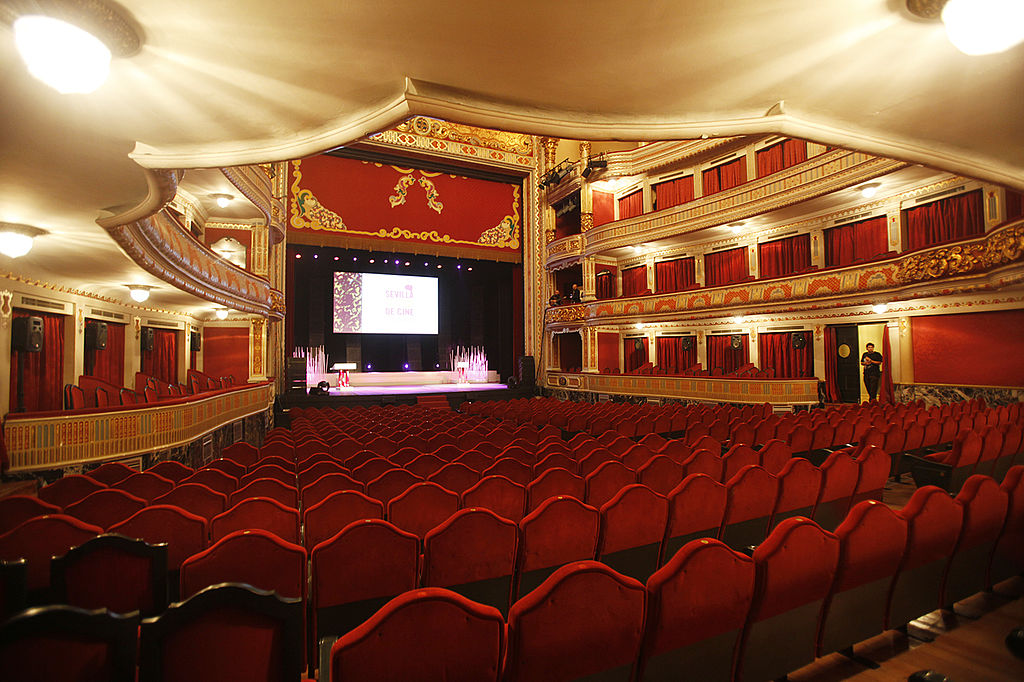
Calling all thespians, theatre-goers, and historians alike! Seville is a cultural hotspot in Spain as well as a home to a rich theatre history. To understand the local significance of Seville on Spanish theatre, let’s first examine the birth of theatre in Spain as a whole.
Early theatre in Spain emerged as an extension of the church. Theatrical performances were produced by the church as a means of preaching to the masses. It was effective in many ways, especially as a means to preach the Bible to those who could not read it. These church dramas were called auto sacramentales and were popular especially in Madrid, which was the primary location of theatre in Spain in the 1500s.
However, as Spain became a more prominent and powerful country in Europe, the arts began to flourish. The 1500s-1600s marked a time period known as the “Spanish Golden Age” for theatre. This is where the art of theatre began to spread more around Spain, encouraging more secular art expressions.
Juan de la Cueva, born in Seville in 1550, was an important part of this movement as well as the Baroque period of the arts. He was a writer who wrote many plays and poems. Many of his plays were based loosely on historical accounts and famous legends and stories. This was a significant turn away from the classical form of playwriting and influenced other playwrights in Spain. One such playwright, Lope de Vega, was arguably the most significant playwright of the Golden Age of theatre in Spain. Although he was from Madrid, he not only had strong personal ties to Seville, but also has one of the most famous theatres in Seville named after him!
You may have heard of some famous theatrical titles with Seville in the name before! If you’re a music enthusiast, maybe you’ve seen the famous Italian opera The Barber of Seville. Or, for the theatre historians, maybe you’ve read the Golden Age Spanish play The Trickster of Seville, which focuses on the fictional character of Don Juan, famous in Spanish culture. It’s important to note that neither of these famous titles have origins in Seville. The opera is Italian, and based on a French comedy, and the play was written by Tirso de Molina, from Madrid. Furthermore, many theatrical works that were not conceived in Seville are set there. One famous example of this is the Opera, Carmen which is of French origin. In fact, over 100 operas are set in Seville! So why are these famous theatrical works set in a city that the composers/playwrights are not from and have little connection to?
Many writers and composers were inspired by the beauty and romanticism of Seville. Because Seville emerged as such an iconic location for the arts, many visiting artists fell in love with the city and Seville became the natural backdrop to many comedies, tragedies, romances, and operas alike.
Seville is now home to countless theatres and music halls. If you’re ready to explore some of Spain’s best theatre with a rich history, look no further than right here in Seville!
